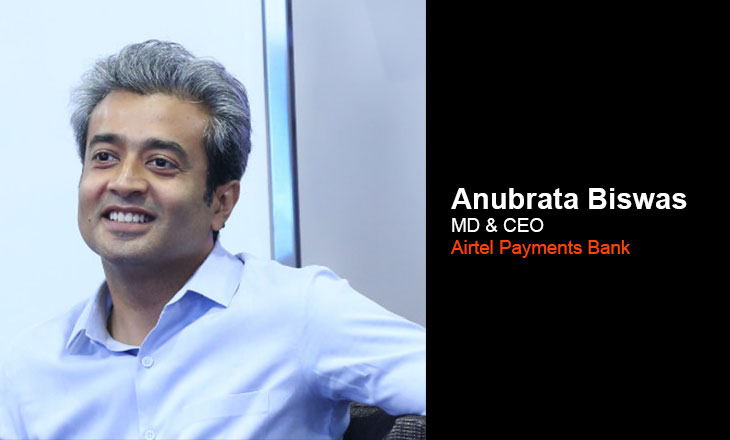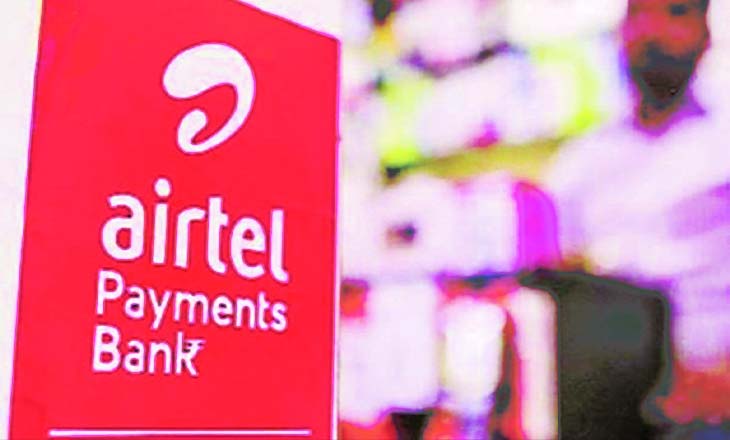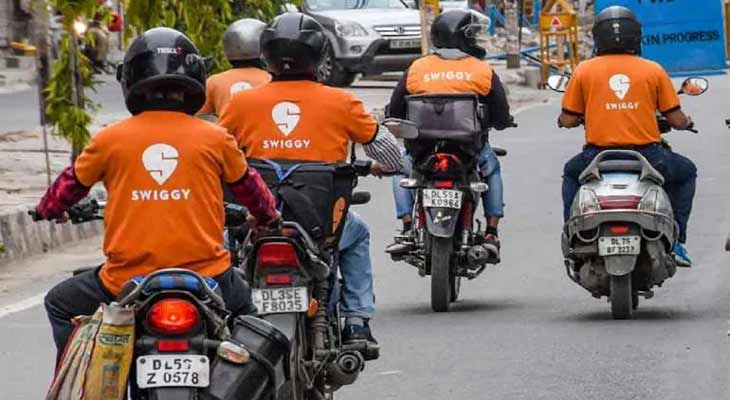Airtel Payments Bank to seek external investment, spin-off before IPO: CEO
- ByStartupStory | October 26, 2022

According to MD & CEO Anubrata Biswas, Airtel Payments Bank (APB), the fintech division of telecom behemoth Bharti Airtel, will start the process of enlisting outside investors for its cap table in 2019. This is part of a larger strategy to eventually spin off the subsidiary as a separate entity and enter the public markets.
Currently, APB is a 70:30 partnership between Bharti Airtel Limited and Bharti Enterprises Limited.
The CEO claimed in an interview that the board has been transparent about its intentions to one day spin off the business as an independent company.
“They (the board) will want to list the business when the time is right. I can’t say when, but it will probably happen sooner rather than later,” Anubrata remarked. Additionally, the board has made it plain that it wants to attract outside investors before the IPO. I, along with the management, anticipate this since it will diversify the bank and give it more maturity, he continued.
In 2016, the fintech subsidiary became the first of 11 participants (of which only six are currently active) to be granted a payments bank licence by the Reserve Bank of India.
In an 80:20 collaboration, Bharti and Kotak Mahindra Bank joined together to create the payments bank. The latter, however, sold the remainder of its 8.6% stake in the company to Bharti Enterprises for close to Rs 300 crore last year.
The RBI and the Foreign Investment Promotion Board gave the parent business permission to raise FDI in its payment bank subsidiary, APB, by up to 74% last year.
The first of the six operational PBs to list on the stock exchange was Mumbai-based Fino Payments Bank, which is part of the parent company Fino Fintech Private Limited, in November of last year.
On November 2, the final day of IPO bidding, the business raised Rs 1,200 crore through the public issuance, which was 5.92X oversubscribed.
Currently, payments account for around 80% of APB’s revenue, with 15% coming from cross-selling financial goods including insurance and loans and 5% from customer deposits. For cross-selling, it has agreements with around 40–50 manufacturers.

Due to the network effect, over the past few years, the revenue share of payments has decreased (from approximately 95% to 80%), while the other two have increased.
“Over the next two to three years, I would anticipate cross-sell and deposits to rise disproportionately higher, and the share of transactions in revenue to decline. Users will start holding more money and using additional services as we add more users to the mix. The model is not operating well if the cross-sell and deposit do not increase. We think we’re going in the correct direction, Anubrata remarked.
Additionally, the business provides cash collection services to businesses and NBFCs, as well as digital loans at its retail locations.
Payment banks are thought of being a high-volume, low-margin industry. Three out of the 11 firms that received the RBI’s licence but later abandoned their ambitions to implement the concept appear to have found the business model unappealing due to the razor-thin margins. One of them was Tech Mahindra.
Six of the eight remaining players—Airtel Payments Bank Ltd, Paytm Payments Bank Ltd, India Post Payments Bank Ltd, Fino Payments Bank, Jio Payments Bank, and NSDL Payments Bank—are currently operating.
The parent networks of retailers and kirana shops of ABP and Jio provide them influence, while India Post’s payment bank has made it possible for post offices to offer payment bank services. By collaborating with Bharat Petroleum Corporation Limited to use its locations as digital banking hubs, Fino has also been able to expand its network.
Contrary to the idea of thin margins, Paytm, Fino, and APB were able to generate profits in FY19, FY21, and FY22 because to growth and revenue diversification.
Jio Payments Bank, which has been embroiled in controversy with its partner State Bank of India (RBI) for the past four years, reported a net loss of Rs 90 crore in FY21.
Anubrata does not categorise revenue sources since she views this as being too restrictive for her company.
When it comes to revenue, there is no star product. We do not categorise revenue into different groups. Instead, we emphasise revenue that is incrementally multiplicative. Our plan is to double our per-user revenue to between Rs. 230 and 240 while tripling the user base to between 50 and 100 million, the CEO stated.
“Simply analysing markets and discussing a product is constricting since you are then limited in your ability to grow by the magnitude of that product.You cannot categorise your company as a loan or remittances firm.”








